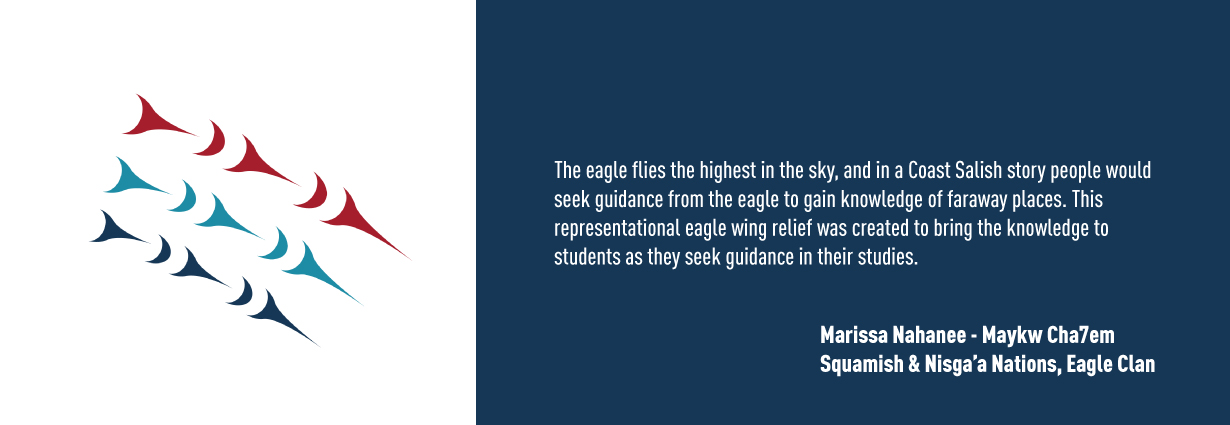
On this page
Examples
The links below are mostly to short videos that provide examples of Indigenous music and dancing. They include both traditional and contemporary examples.
Dance
Allaire, C. (2021, November 10). Indigenous enterprise brings traditional dance – and style – to New York. Vogue. [5 minute read]
Canada's Got Talent. (2022). IFMD Audition WOWS The Judges With Their SPEEDY DANCE MOVES. [2:32 minutes]
FASTFOKUS. (2018). Lil'wat First Nation, Daniel & Alex Wells. [4:02 minutes]
KQED Arts. (2022, May 12). Indigenous enterprise brings powwow dancing to the world stage. If Cities Could Dance. [7:30 minutes]
Grenier, M. (Artistic Director). (n.d.). Spirit and tradition: Dancers of Damelahamid [Video]. National Arts Centre. [10 minutes]
McCallum, M. (2021). Red River jig [5:35]
TEDx Talks. (2014). Living a circular life, Dallas Arcand [17:47]
Ts’mysen Nation. (2019). Ts’msyen entrance/door song [4:30 minutes].
The Ts’msyen Nation is located in Northern British Columbia and Alaska. This entrance/door song is from the Ts’msyen community in Metlakatla, Alaska.
Wilson, L. (2020, February 23). Nisga’a Hobiyee: Coming together to celebrate the New Year and Harvest Season [10:04 minutes]. APTN News.
Shows the grand entry part of the ceremony with drumming, singing and dancing.
Music
Spotify playlist created for this workshop.
DJ Shub with the North Cree Singers. (2016). Indomitable [Music Video, 4:42 minutes]. PowWowStep [Album].
In addition to the music, the video shows the visual story of an Indigenous man shifting from his work in an urban office tower, collecting his traditional dancing dress, heading to rural 6 Nations in order to participate in a PowWow and Dance.
Haida Gwaii Singers Society (Archival Anthology). Lists 7 CDs of archival music and provides a short 45-90s second clip from each.
Haida Gwaii Singers Society (Contemporary Anthology). Lists 4 CDs of contemporary music and provides five 45-130 second clips from them.
Red River Ramblers. (2020). Orange blossom special [3:18]
Supaman with Supaman and world champion dancer Acosia Red Elk (2015). Why [Music Video, 4:12 minutes]. ILLUMINATIVES [Album].
Mixture of traditional and contemporary musical elements, including Acosia Red Elk’s dancing
Tribe Called Red. (2016). Performance for Missing and Murdered Indigenous Women [Video, 3:43 minutes].
This performance combines the music of Tribe Called Red, with dance, video and holograms.
Piqsiq. (2022). Ikitaa [2:58 minutes]. Shows a live performance of the duo Inuksuk Mackay and Tiffany Ayalik.
They record and loop tracks, then overlay them with other tracks to finally sing over the top, creating successive interwoven patterns of vocal music.
Warner, A. (2018, March 20). An oral history of the Indigenous music Juno Award category. CBC Music.
Williams-Davidson, T-L. (2017). My Mind is Relieved [Music Video, 3:32 minutes]. Grizzly Bear Town [Album]. Raven Calling Productions.
Note: in the Artists’ Reflection section below, there is a companion video in which Williams-Davidson and her fellow musicians reflect on making his album.
Artist reflections
Dutcher, J. (2018, September 15). Jeremy Dutcher listens to his ancestors on Polaris Prize-winning album. CBC’s The National. [5;33 minutes]
“Canadian musician Jeremy Dutcher talks about the inspiration behind his debut album Wolastoqiyik Lintuwakonawa. The album has been awarded the prestigious 2018 Polaris Music Prize.” He describes how his community’s language was lost, his efforts to reclaim it on the album, and the process by which his compositions are inspired by traditional music and the stories of members of his community. Segments of his music are provided.
Johnson, R. & Gordon, H. (2021, September 29). 9 Indigenous Musicians reflect on what truth and reconciliation means to them. CBC Music.
18-20 minute read for the main story. Embedded within it are a number of videos and audio recordings:
- Giiwewizh – Aysanabee [10:58]
- The Healer – Digging Roots [3:53]
- My All to You – Beatrice Deer [4:35]
- I Pity the Country – Willie Dunn [2:56]
- Highway Number Six -- Gator Beaulieu [3:06]
- Child of the Government -- Jayli Wolf [3:41] (Content warning: Abuse)
- Mehcinut -- Jeremy Dutcher [5:48]
- Cree and Métis Medley --Adams and Napper [4:16]
- Introducing William Quinn – Ag47 [14:30]
- Starlight -- nêhiyawak [3:53]
- HURTON – bUDi [3:50]
- Naanan -- Melody McKiver [2:28]
- Winterdark -- Rick Sherman [2:56]
- 500 Years -- Rhonda Head [3:51]
National Centre for Truth and Reconciliation. (2022). Episode 4: Indigenous Music and Song [Video]. Cody Coyote (hip-hop/electronic artist) and Nathan Provost (hand drummer), share and talk about their music. Presented with ASL. [14:17 minutes]
Williams-Davidson, T.-L. (2017). Truth, Reconciliation, and Improvisation [Video, 4:45 minutes]. Raven Calling Productions.
Terri-Lynn Williams-Davidson, Bill Henderson and Claire Lawrence talk about their journey of truth, reconciliation and improvisation in the creation of the album Grizzly Bear Town.
The facilitators of the Indigenous Art Practices series have done their best to ensure that the resources included here are respectful. If you see a resource that you have a concern about, please reach out.
